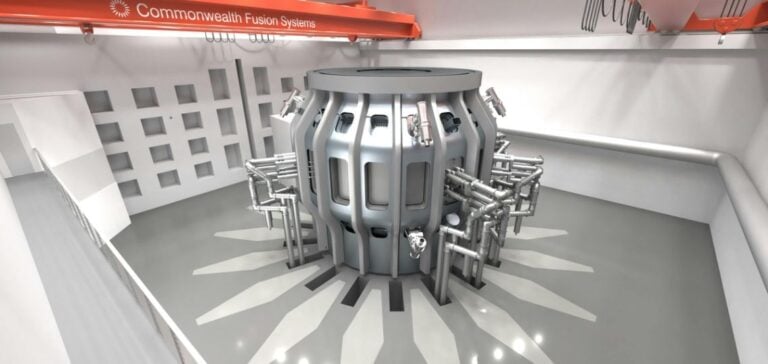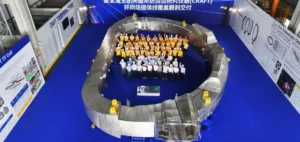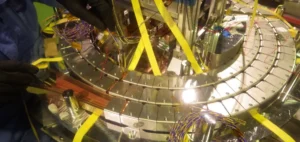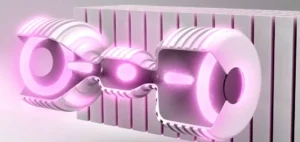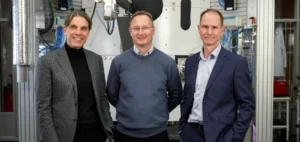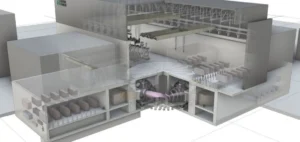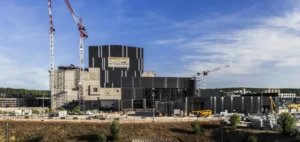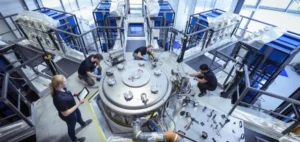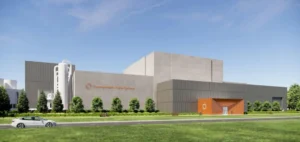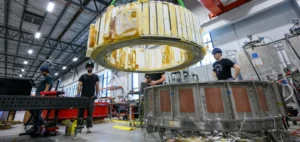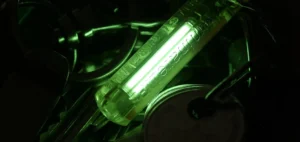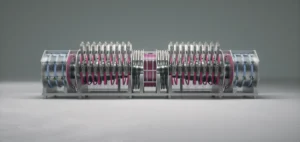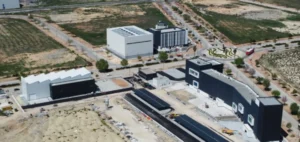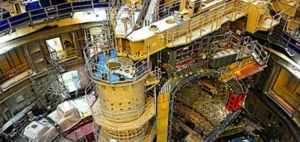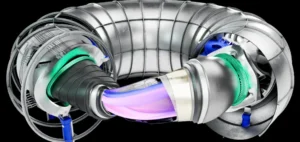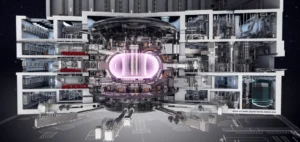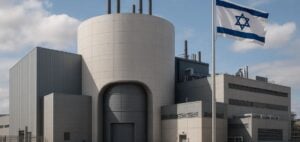Virginia is preparing to write a new chapter in energy history with the announcement from Commonwealth Fusion Systems (CFS), a spinout from the Massachusetts Institute of Technology (MIT). The company has confirmed its intention to finance, build, and operate the first commercial fusion power plant in Chesterfield County.
The chosen site, located at the James River Industrial Park and currently owned by Dominion Energy Virginia, benefits from a non-financial collaboration agreement. This cooperation includes technical expertise and leasing rights for the land. The objective is to lay the foundation for innovative infrastructure capable of meeting the growing demand for reliable and carbon-free electricity.
A global vision for commercial fusion
The power plant project, named ARC, is the result of a worldwide search for the ideal site. “This is a historic moment,” said Bob Mumgaard, co-founder and CEO of CFS. “By the 2030s, Chesterfield County will be recognized as the birthplace of commercial fusion energy.”
ARC is designed to produce approximately 400 megawatts of electricity (MWe), enough to power about 150,000 homes or large industrial facilities. This project is an extension of SPARC, a prototype currently under development at CFS headquarters in Devens, Massachusetts. SPARC, a compact high-magnetic-field fusion device, aims to produce 50-100 MW of fusion power and achieve a fusion gain greater than 10.
An innovative collaboration
The collaboration between CFS and Dominion Energy Virginia highlights the importance of partnerships in the development of breakthrough technologies. “We are delighted to assist CFS in their efforts,” said Edward Baine, president of Dominion Energy Virginia. “Fusion promises to be a critical option for meeting the growing demand for reliable and carbon-free energy.”
Since its founding in 2017, CFS has worked closely with the Plasma Science and Fusion Center (PSFC) at MIT to validate the scientific foundations necessary for the development of viable fusion machines. Among its notable achievements is a revolutionary magnetic technology that plays a key role in the operation of future fusion power plants.
A turning point for global energy
CFS’s ambitions extend far beyond the ARC project. Dennis Whyte, MIT professor of engineering and CFS co-founder, stated: “This project sets the pace for the race toward commercial fusion power plants. Our goal is to build thousands of these plants to transform the world.”
If the promises of fusion are realized, it could become a cornerstone of energy solutions, combining abundance, reliability, and sustainability. With a planned commissioning in the early 2030s, ARC could mark a decisive turning point for global energy transition.


